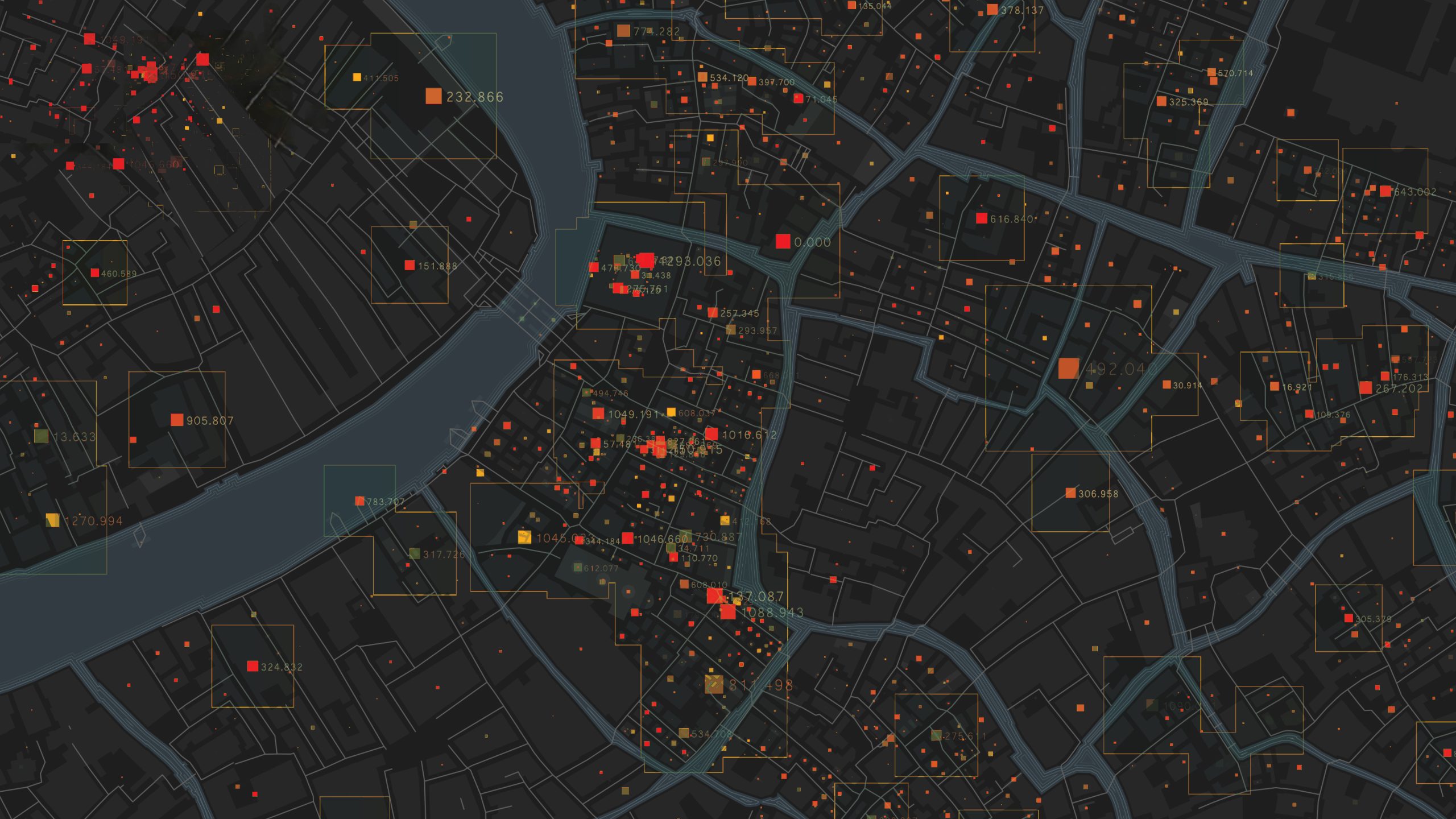
We are witnessing a cultural shift where data-driven organizations and decision-making are becoming the norm. But how dependable, swift, and meaningful are these choices? The answer lies in data storytelling, a powerful tool that helps turn raw data into actionable insights.

In New York City, between winter 2013 and autumn 2014, there were over 140,000 noise complaints. In response, Councilwoman Margaret Chin sponsored a bill mandating the Department of Environmental Protection to monitor noise levels across the city. The decision was not based on raw numbers alone—it was driven by data insights, presented in a way that sparked action.
Why Data Storytelling Matters for Decision-Makers
Imagine you’re a city councilperson tasked with reducing noise pollution. You have access to vast amounts of data—complaint types, times, locations. But unless this data is presented in a meaningful way, it’s hard to act on it.
This is where data storytelling comes into play. It doesn’t just show you what’s happening but helps you understand why and how to act on it. Data presented as rows and columns can be overwhelming. But data visualization, combined with a compelling narrative, can transform these numbers into clear insights that drive action.
The Emotional Connection: When Data Spurs Action
Data storytelling isn’t just about facts. It’s about creating an emotional connection that drives decision-making. Simple data visualizations—whether they are line graphs or pie charts—offer a snapshot of a situation. But a well-crafted data story provides context, turning these snapshots into a flowing narrative that explains trends over time.
Visualizations that fit the audience’s context enable deeper understanding, fostering insight generation and propelling people to ask more questions. Consider a story that tells the progression of noise complaints over a year. You start seeing patterns, predicting future problems, and identifying solutions. This shift from passive data consumption to active problem-solving is the power of storytelling.
Key Components of a Successful Data Story

Think design. Image source
- Contextual Understanding: Data must be accurate, but more importantly, it needs to be collected, analyzed, and presented within the right context. For instance, who is the audience? What challenges do they face, and what decisions need to be made?
- Strong Visuals: A well-chosen visual can cut through the noise and convey the insights clearly. It’s critical to ensure that the data visualization resonates with the audience and is tailored to their context.
- Captivating Narrative: Great stories have always been the easiest way to convey critical information. A data story doesn’t just tell you what’s happening but also why it’s happening. This allows decision-makers to understand the driving factors behind their data.
- Prompts for Action: A data story should end with a list of possibilities or questions, encouraging critical thinking and sparking discussion. The conclusion is not a final answer but a gateway to further exploration and decision-making.
The Science Behind Data Storytelling: Why It Works
Business decisions aren’t always logical. Neuroscience shows that emotions play a key role in decision-making because they allow us to quickly weigh options and make choices. Facts and data activate only the language-processing centers of the brain, while a compelling story engages multiple brain regions, including those that control our senses.
This emotional engagement makes a data story more memorable, persuasive, and actionable. It helps executives make quicker, more informed decisions, as they are not just interpreting data but understanding the narrative behind it.
From Data to Insight: Driving Business Decisions
As organizations increasingly rely on data-driven insights for key decisions, the ability to tell a compelling data story becomes essential. Whether it’s through BI tools, dashboards, or infographics, incorporating storytelling into data analytics helps businesses unlock the full potential of their data.
A well-told data story alters brain chemistry, creating emotional connections that prompt swift, informed decisions. As businesses continue to embrace digital transformation and rely on data to enhance operational efficiency, data storytelling will be key in bridging the gap between information and actionable insights.
By turning data into a narrative that captures attention, businesses can not only understand the present but also predict and shape the future.










